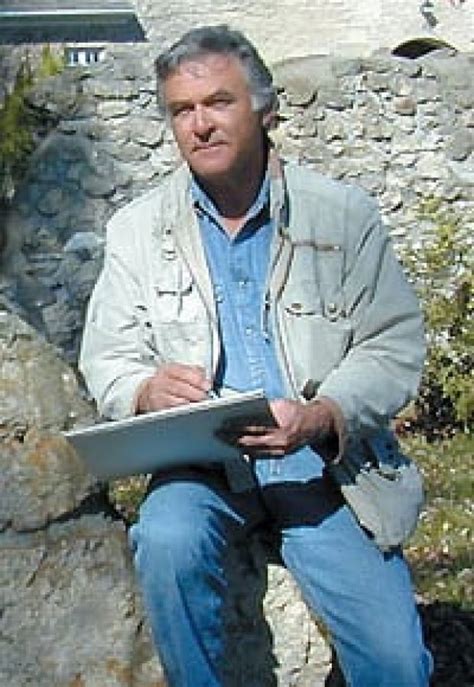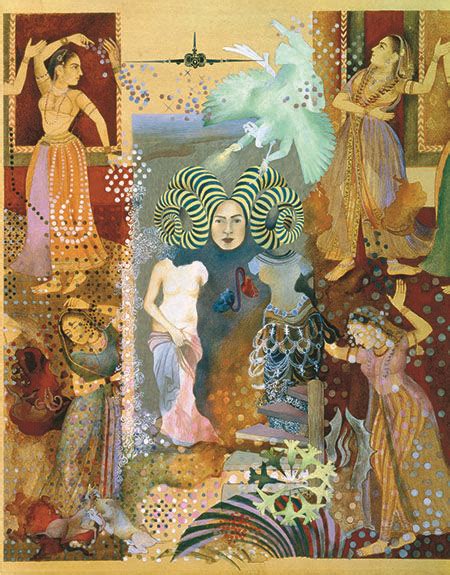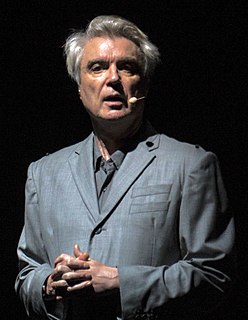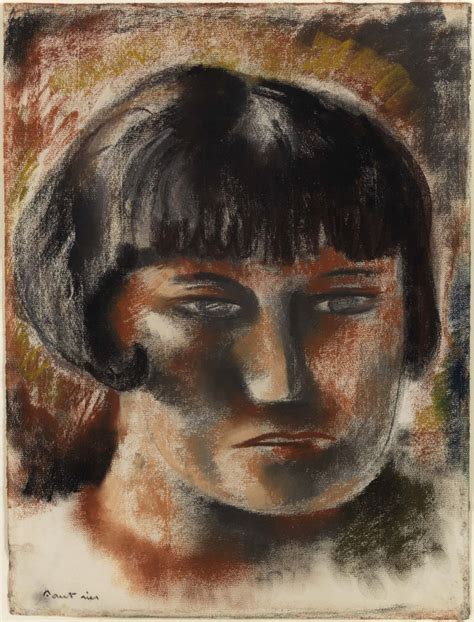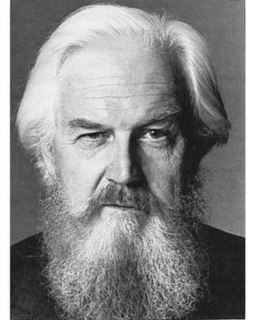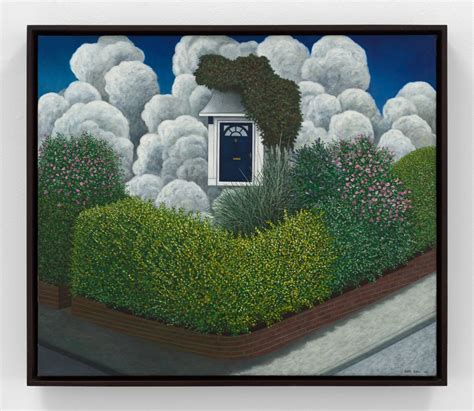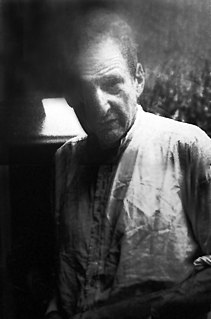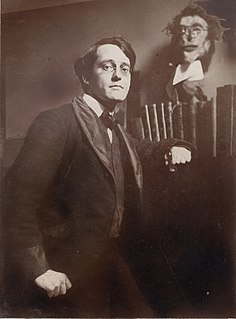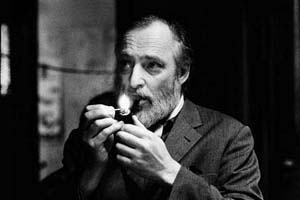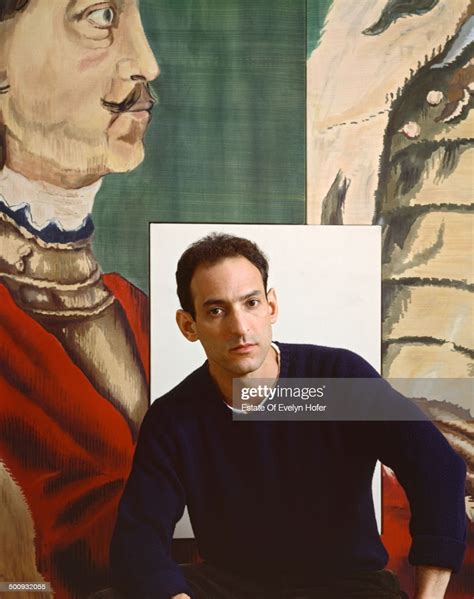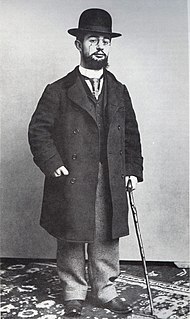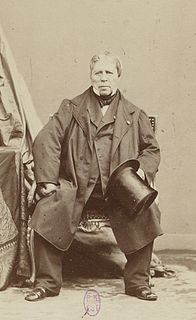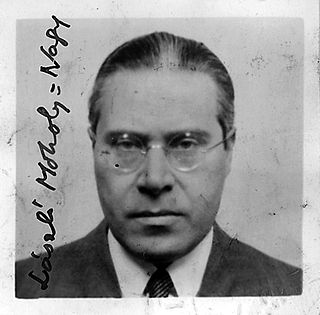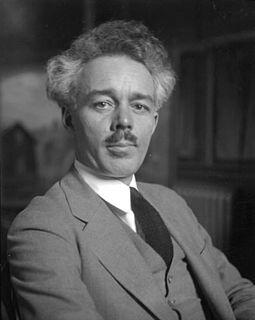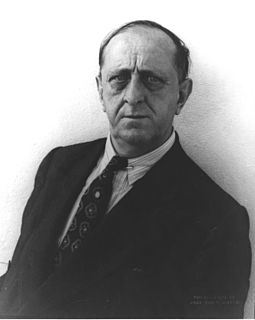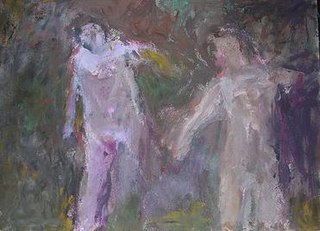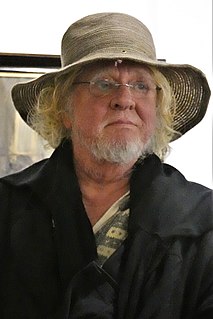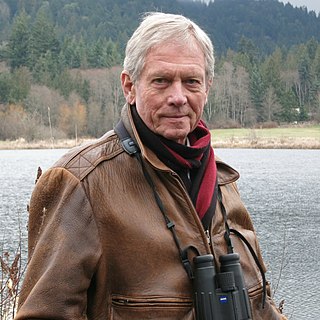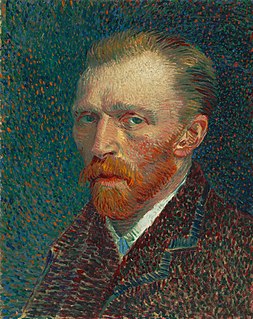A Quote by Ken Danby
In painting, detail for the sake of itself is useless. It must have relevance to the whole.
Related Quotes
...if photos can reproduce the world more perfectly than any painter, can capture an instant, a look, a gesture, then what makes a painting good anymore? Painting subverts this subversion of its traditional nature by redefining itself - art is idea, not simply skillful execution. So, a work can be crudely made, or even machine made - but it has to be practically and functionally useless.
Great drama, drama that may reach the alchemical level, must have dimension and its relevance will take care of itself. Writing about AIDS rather than the cocktail set, or possibly the fairy kingdom, will not guarantee importance. . . . The old comment that all periods of time are at an equal distance from eternity says much, and pondering on it will lead to alchemical theatre while relevance becomes old hat.
I think a fairly common behavior among fiction writers is that they want to help. They're generally charitable people. They're interested in the world. They're curious, they're empathetic. They understand suffering. They don't turn away from that. But what they do is essentially useless. Except for the sake of the thing itself.
